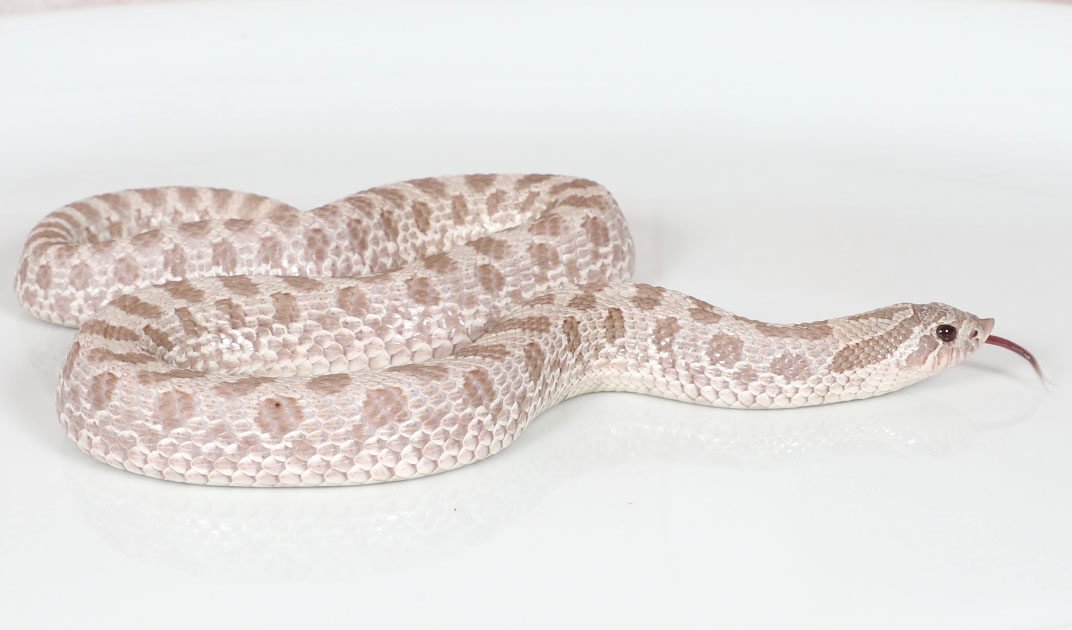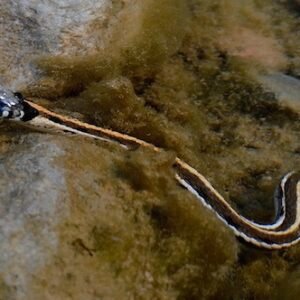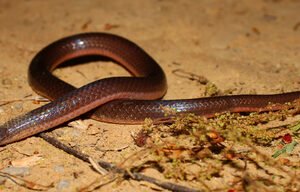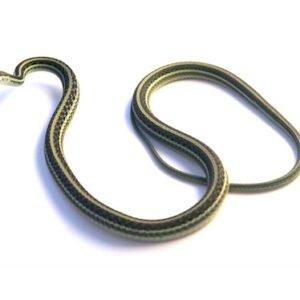The Fascinating Lavender Hognose Snake: A Comprehensive Guide
Introduction to Lavender Hognose Snakes
The lavender hognose snake, a captivating and unique species, belongs to the Colubridae family. Its scientific classification places it under the genus Heterodon, with the full nomenclature being Heterodon nasicus. This species has made its mark within the reptile community, especially among enthusiasts and collectors due to its striking appearance and engaging behavior. The most distinguishing characteristic of the lavender hognose snake is its vibrant lavender coloration, which can vary from a pale lilac to a more intense purple hue, often featuring darker blotches along its dorsal surface. This coloration, however, is not just aesthetically pleasing; it is a genetic morph that enhances the snake’s appeal.
The origin of the lavender color morph can be traced back to selective breeding practices in captivity. This intentional breeding has led to an increased fascination amongst reptile keepers, resulting in the lavender hognose becoming a sought-after pet in the herpetological community. Its unique visual properties, coupled with docile nature, render it an ideal choice for beginners and seasoned reptile owners alike. Overall, the lavender hognose snake represents a remarkable example of the diversity found within the hognose species and continues to enchant reptile lovers around the world.
Habitat and Distribution
The lavender hognose snake (Heterodon nasicus), known for its distinctive coloration and unique defensive behavior, primarily thrives in specific ecological niches that include sandy soils, grasslands, and sparse shrublands. These environments provide the essential conditions suitable for their survival and reproductive activities. The sandy substrate not only enables burrowing, a behavior characteristic of hognose snakes, but also helps in thermoregulation, which is vital for their ectothermic physiology. Additionally, grasslands offer ample opportunities for foraging, as they are abundant in prey species such as amphibians and small rodents.
Geographically, the lavender hognose snake is predominantly distributed across the central and western regions of the United States, especially thriving in areas such as the Great Plains. This region is characterized by flat terrains and gradual slopes, which create a favorable habitat that supports the snake’s burrowing and ambush hunting techniques. The lavender hognose snake is often found in states such as Nebraska, Kansas, and South Dakota, where its populations have adapted to the specific climatic conditions and available resources.
Interestingly, the lavender hognose snake exhibits remarkable adaptability. Although it favors open, well-drained areas, this species can also be found in a variety of other ecosystems, including agricultural lands and disturbed environments. This adaptability has allowed lavender hognose snakes to persist in changing landscapes, which may include interactions with human activities. However, habitat loss and environmental degradation remain significant threats to their populations, emphasizing the importance of conservation efforts to preserve their natural habitats. Effective management of these ecosystems is essential to ensure that the lavender hognose snake and its unique ecology continue to thrive in the wild.
Diet and Feeding Behavior
The lavender hognose snake (Heterodon nasicus) exhibits intriguing dietary habits that reflect its specialized feeding behavior. Primarily insectivorous, these snakes have evolved to consume a variety of small prey, especially amphibians such as toads and frogs, which are readily available in their natural habitats. In addition to amphibians, lavender hognose snakes also prey on small rodents, lizards, and, occasionally, other small reptiles. This diverse diet allows them to adapt to various environments, enhancing their survival prospects.
One of the distinctive characteristics of the lavender hognose snake is its feeding behavior, which varies as it matures. Young hognose snakes typically begin their dietary journey with smaller prey, focusing on soft-bodied insects and amphibians. As they grow, their diet expands to include larger rodents and lizards, reflecting the increased strength and size of these snakes. This growth in diet complexity is crucial for their development and helps in acquiring the necessary nutrients for their health.
The hunting technique of lavender hognose snakes is particularly fascinating. They employ a unique strategy known as “ambush predation.” These snakes often hide in foliage or burrow into the ground, waiting for unsuspecting prey to come within striking distance. Upon detecting their target, they can use a rapid strike to capture the prey, employing their slightly curved teeth to grip and subdue it. Additionally, lavender hognose snakes may exhibit a behavior called “playing dead” or feigning injury when threatened, providing them with a tactical advantage in both hunting and evading predators.
For those considering lavender hognose snakes as pets, it is vital to replicate their natural diet as closely as possible. Many may choose to feed their pet hognose snakes appropriately sized pinkie or fuzzy mice, which align with their dietary preferences. Ensuring a varied and balanced diet is essential for the health and well-being of these intriguing snakes, allowing them to thrive in a captive environment.
Care and Keeping Lavender Hognose Snakes as Pets
Proper care and maintenance of lavender hognose snakes in captivity is crucial to ensure a healthy and thriving pet. First and foremost, establishing an ideal habitat is vital. A 20-gallon enclosure is generally sufficient for a single adult hognose. The tank should be equipped with a secure lid to prevent escapes, as these snakes are known for their curious nature. Utilize a substrate such as aspen bedding or cypress mulch, which aids in burrowing and maintains humidity levels.
Temperature regulation is pivotal for the well-being of your lavender hognose snake. A gradient should be established, with a basking spot maintained at 85°F to 90°F and a cooler side around 75°F to 80°F. This thermal gradient allows the snake to self-regulate its body temperature. Additionally, humidity levels within the enclosure should range from 30% to 50%. This can be achieved through regular misting, along with the addition of a water dish that is large enough for soaking.
Habitat enrichment plays a significant role in the happiness and health of lavender hognose snakes. Providing hiding spots such as caves or plant cover aids in reducing stress. These snakes are also natural burrowers, so incorporating structures that allow burrowing will enhance their well-being. As for feeding, a diet primarily consisting of appropriately sized rodents is recommended. Baby hognose snakes should be fed small pinky mice, while adults thrive on larger prey, ensuring to maintain a feeding schedule of every 5 to 7 days.
Health considerations are equally important; be vigilant for signs of common health issues such as respiratory infections or shedding problems. Regular veterinary check-ups are advisable to preemptively address any potential health concerns. Finally, although lavender hognose snakes are generally docile, it is beneficial to handle them regularly to ensure proper socialization. With the correct care and environment, lavender hognose snakes can become engaging and rewarding pets.





